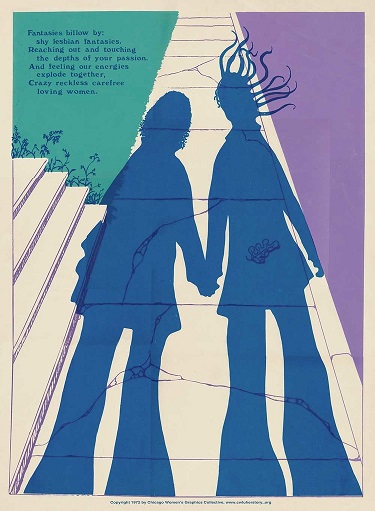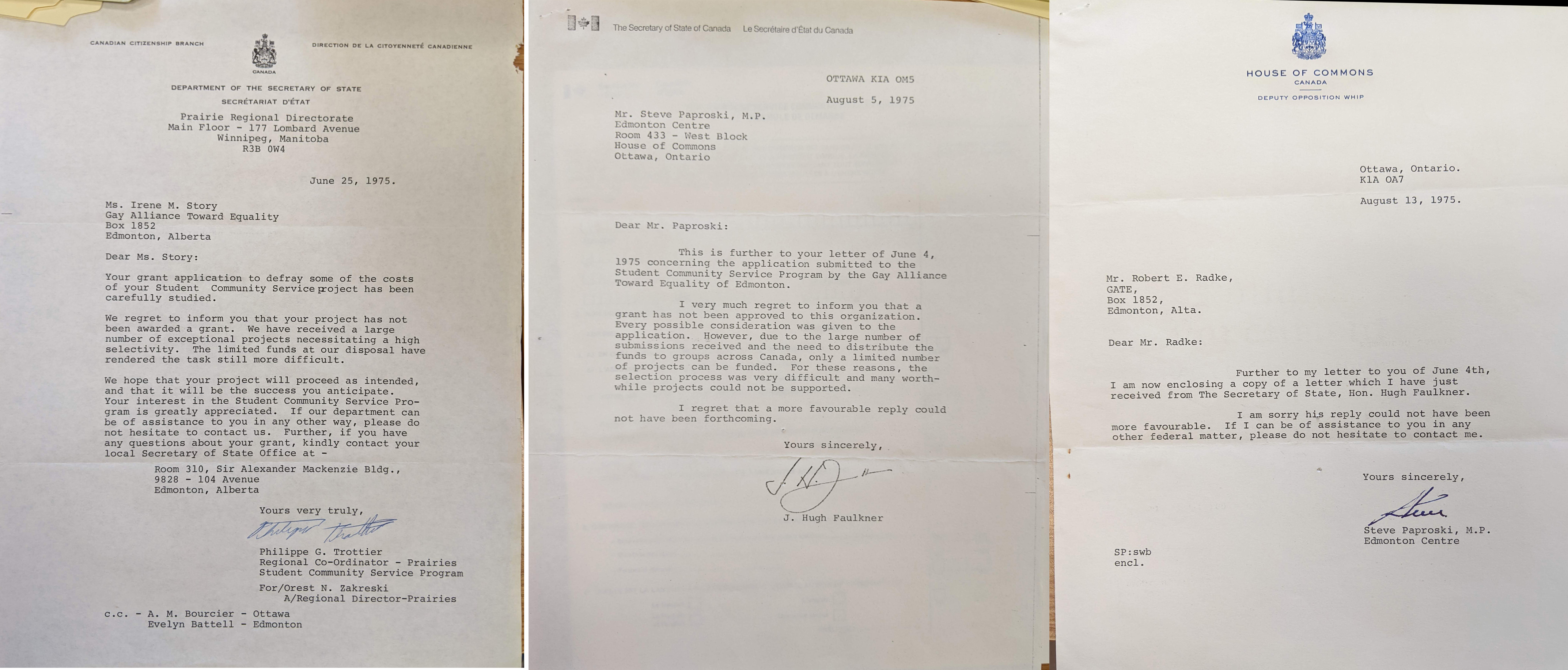Other Narratives

The topics of the women’s movements discussed in this exhibit mostly relate to white women’s rights. That does not mean that women of colour were not participating in activism. In the 1970s, thirteen Indigenous women’s groups were formed across Canada by the Native Women’s Association of Canada (NWAC) that advocated for equality of opportunity, and an end to violence against Native women, preservation of culture, and a revision of the Indian Act (The Canadian Encyclopedia, 2016). Black women also gathered at the first National Congress of Black Women in Toronto in 1973 to spearhead their own activist efforts (Royal BC Museum, 2020).
Part of the methodology that went into creating this exhibit was deliberately looking for underrepresented voices. We found references to these in the newspaper and magazine articles in the Karen Rowswell collection. We intentionally proceeded to look for material in other parts of the archive and beyond that was related to feminism, poverty, people of colour, Indigenous, and LGBTQ+ activity from the time period.
The article from the Student/Студент publication described the events around the International Women’s Day ‘celebrations’ in 1981. The article described a selection of the speaker topics, which included “rape, violence against women, sexual harassment, pornography, discriminatory hiring practices and unequal pay for equal work, desperate situation of native women, the lack of adequate and affordable day care facilities, the persecution of gay women and the need to reform some of the laws affecting women (Stankovich, 1981). While this indicates that these subjects were on the minds of activists at the time, they do not have a presence in the archival spaces we looked at.
While those voices were not present in the City of Edmonton archive, we did find the Gay and Lesbian Archives of Edmonton fonds (GALA). These fonds are unique in that they contain gay and lesbian voices but also because they were carefully collected by Michael Phair.
These records contained a box of items related to the Gays and Lesbians On Campus (GALOC) organization at the University of Alberta. Of significance were three letters pertaining to the Student Community Service Program run by the federal government (MS-595-14). The first letter is a rejection letter, informing the Gay Alliance Toward Equity that their application was not successful. The second two are letters that were sent later showing the group wrote to their MP to intercede. This isn’t specifically campus activity. It shows the kinds of evidence that could be in an archive, but that is missing from it. We aren’t even sure what kinds of diverse groups existed on the U of A campus for different peoples of colour or differing sexual orientation.

There were many other activities happening in or near Edmonton that are not represented in the archives, but have been preserved in other more specifically focused archives. An example is the White Paper/Red Paper exchange. In 1969, Prime Minister at the time (Pierre Trudeau) tried to adopt the items outlined in what was known as the ‘White Paper’. The White Paper proposed changes to the Indian policy that would effectively eliminate any special status for Indigenous People. Albertan Harold Cardinal and other Indigenous people reacted. Cardinal was a central figure leading a resistance against the White Paper along with the Indian Association of Alberta who published a counter paper called The Red Paper. Despite efforts to find items associated with this conflict in the City of Edmonton Archives and beyond, we only have. Luckily, some of these records can be found in the Treaty Aboriginal Rights Research Program kept by the Lesser Slave Lake Indian Regional Council. There are no corresponding fonds at the City of Edmonton, and we don’t know the names of any groups that might have been active at the time.
This is not a comprehensive list of the underrepresented groups in the Edmonton area during the 1960s-1980s, but it does shine light on who has traditionally been considered part of mainstream history and who has not. The work of uncovering and uplifting marginalized voices is ongoing and very important work.
References
Gays and Lesbians On Campus (GALOC). (1975). Correspondence. Gay and Lesbian Archives of Edmonton fonds. City of Edmonton Archives, Edmonton, Alberta.
Gallagher-Cohoon, E. (2021, November) ‘Ultra activists’ in a ‘very closeted place’. In Crane Bear, L. & Hannant, L. & Patton, K.R. (Eds.), Bucking Conservatism: Alternative stories of Alberta from the 1960s and 1970s. (pp. Chapter 7). Athabasca University Press.
https://doi.org/10.15215/aupress/9781771992572.01
Indian Association of Alberta. (1971-1999). Indian Association of Alberta fonds. (A2-LSLIRCTARRA-004-5). Lesser Slave Lake Indian Regional Council Treaty Aboriginal Rights Research Program, Slave Lake, Alberta.
Petten, C. (2017, February 26). Harold Cardinal exposed White Paper’s ‘thinly disguised’ program of extermination. Windspeaker.com. https://windspeaker.com/news/footprints/harold-cardinal-exposed-thinly-disguised-extermination-of-indians-in-the-white-papaer
University of Ottawa Library. (n.d.) White Paper/Red Paper Exchange. Retrieved on August 1, 2023 from https://biblio.uottawa.ca/omeka2/jmccutcheon/exhibits/show/white-paper-red-paper-exchange/white-paper-red-paper-exchange
